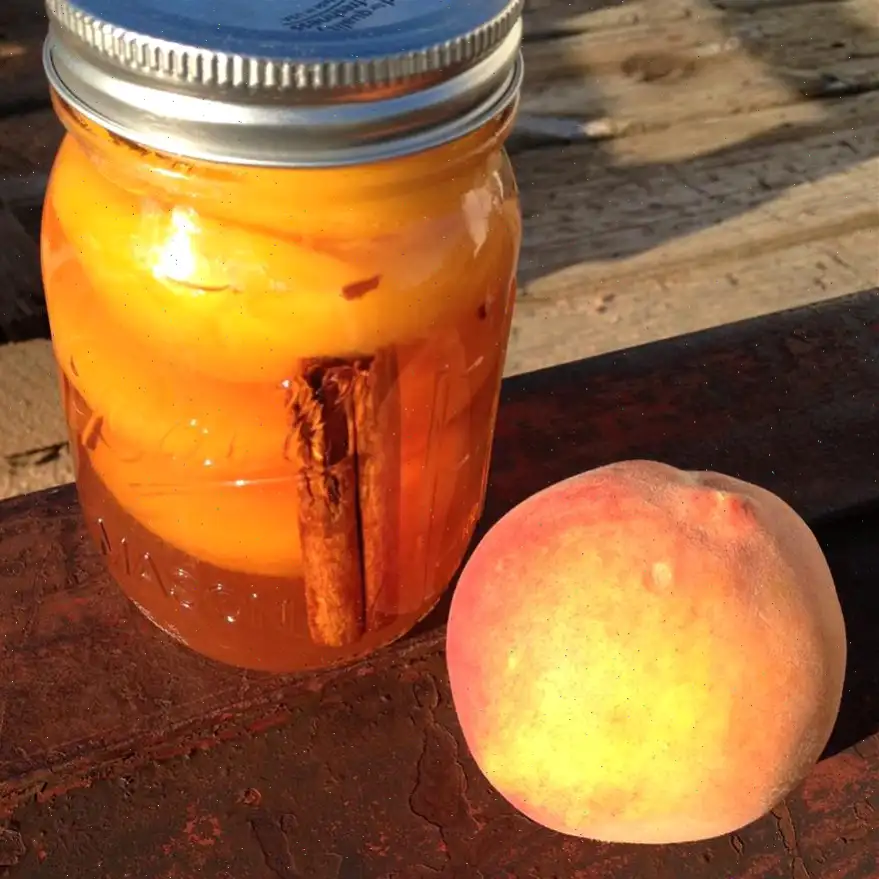
Savory Apple Cider Glaze Recipe
This simple and tangy apple cider glaze is the perfect addition to a variety of dishes, from roasted meats to vegetables or even desserts. With just two ingredients, it comes together in no time and adds a burst of flavor to your meals.
Ingredients
- 4 cups apple cider
- 2 cups cider vinegar
Directions
1. In a large saucepan, bring the apple cider and apple cider vinegar to a boil over medium-high heat.
2. Once boiling, reduce the heat and let it simmer, uncovered, for 30 to 35 minutes. The mixture should reduce to about 1/2 cup.
3. As the glaze cools, it will continue to thicken, so dont worry if it seems a bit liquid at first.
4. Allow the glaze to cool completely before covering it. Store it in the refrigerator for up to 3 weeks.
Cooks Note
When youre ready to use the glaze, let it sit at room temperature for 30 minutes. If needed, whisk in up to 1 tablespoon of warm water to achieve your desired consistency.
Nutrition Facts (per serving)
| Calories | 139 |
|---|---|
| Total Fat | 0g |
| Saturated Fat | 0g |
| Cholesterol | 0mg |
| Sodium | 16mg |
| Total Carbohydrates | 29g |
| Dietary Fiber | 0g |
| Total Sugars | 24g |
| Protein | 0g |
| Vitamin C | 95mg (106% DV) |
| Calcium | 28mg (2% DV) |
| Iron | 1mg (3% DV) |
| Potassium | 338mg (7% DV) |
Servings Per Recipe: 4
Note: Percent Daily Values are based on a 2,000 calorie diet. Your daily values may be higher or lower depending on your calorie needs.
History and Origins of Savory Apple Cider Glaze
The Savory Apple Cider Glaze has roots in early American cuisine, particularly in the northeastern United States, where apple orchards were abundant. Historically, apple cider and cider vinegar were staple ingredients used not only for beverages but also for cooking and preservation. This glaze likely evolved as home cooks sought ways to enhance roasted meats and vegetables with a sweet-tart coating that balanced savory flavors. Over time, it became popular in fall and winter recipes, coinciding with the apple harvest season.
Regional Variations
While the basic glaze uses apple cider and vinegar, regional adaptations reflect local tastes. In New England, it is often infused with cinnamon, cloves, or nutmeg, echoing traditional holiday flavors. In the Southern United States, cooks may add a touch of mustard or hot sauce to give it a mild kick. The Midwest sometimes incorporates local honey or maple syrup to increase sweetness and depth. Each regions version highlights the versatility of this simple yet flavorful condiment.
Differences from Similar Dishes
Unlike sweet apple glazes used in desserts, the savory apple cider glaze is intentionally tart and slightly acidic, designed to complement proteins like pork, chicken, or roasted vegetables. Compared to traditional balsamic glazes, it is lighter and fruitier, with a delicate balance between sweetness and acidity rather than heavy caramel notes. Its simplicity sets it apart from complex reductions that require multiple herbs or spices.
Typical Serving Context
This glaze is commonly drizzled over roasted or grilled dishes, such as pork chops, Brussels sprouts, and roasted root vegetables. It also works beautifully as a finishing touch on cheese boards, enhancing creamy cheeses with a sweet-tart counterpoint. Many chefs recommend serving it as a drizzle just before plating to preserve its glossy texture and concentrated flavor. During festive meals, it often appears alongside turkey or ham as a seasonal highlight.
Interesting Facts
- The glaze continues to thicken as it cools, creating a natural syrup-like consistency without added thickeners.
- Apple cider vinegar used in the recipe provides not only flavor but also preserves the glaze for up to three weeks when refrigerated.
- Though simple, the combination of apple cider and vinegar enhances the natural umami of meats and vegetables.
- Historically, apple cider glazes were a practical way to use surplus cider and vinegar during harvest season.
- This glaze can be customized with herbs, spices, or sweeteners, making it a versatile addition to both casual and gourmet meals.








